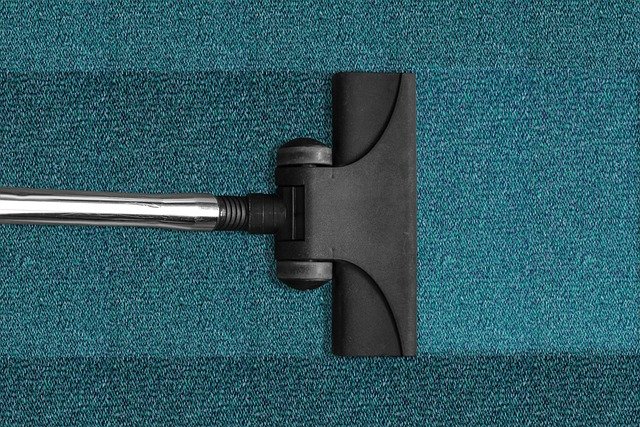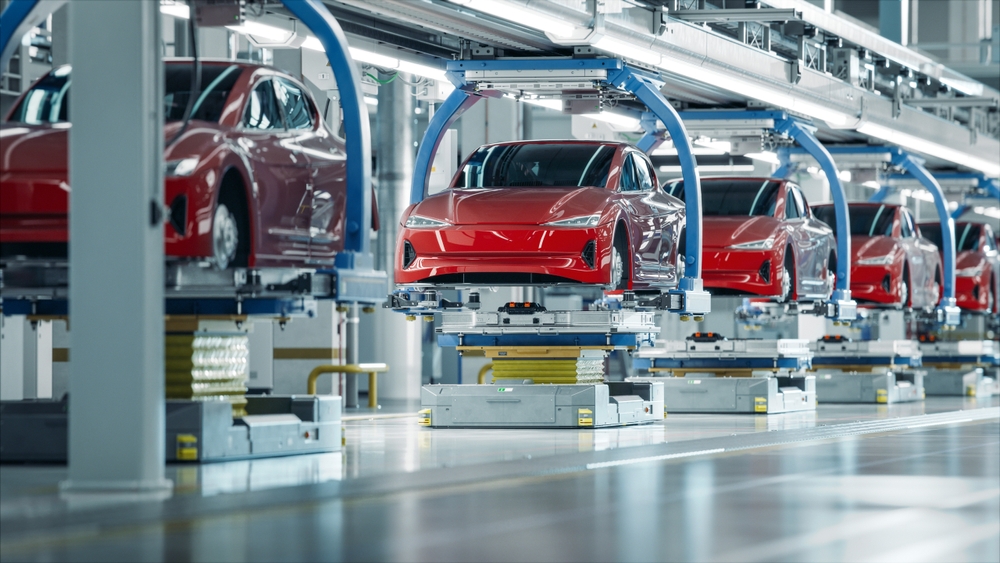Understanding Automated Palletizer Systems: Boosting Efficiency in Warehousing
Automated palletizer systems revolutionize modern logistics by streamlining the stacking and organizing of goods on pallets. These systems enhance efficiency and minimize human error, making them indispensable in sectors ranging from food production to automotive manufacturing. By automating the palletizing process, businesses can achieve higher throughput rates and maintain consistent quality, ultimately supporting a more resilient supply chain.

Overview of Automated Palletizer Systems
Automated palletizers come in two main categories: conventional and robotic. Conventional palletizers use a series of belts, chains, and pushers to move products into position, while robotic palletizers employ articulated arms with specialized end-of-arm tooling. Both types are designed to handle various product sizes, weights, and stacking patterns, offering flexibility for different warehouse operations.
Key Components and Technologies
Modern palletizer systems integrate several crucial components working in harmony. The core elements include programmable logic controllers (PLCs), sensors for product detection and positioning, conveyor systems for product flow, and sophisticated software for pattern optimization. Advanced systems also incorporate vision systems for quality control and artificial intelligence for adaptive stacking patterns.
Operational Benefits
The implementation of automated palletizer systems delivers multiple advantages to warehouse operations. These systems can operate continuously with minimal breaks, achieving throughput rates of up to 200 cases per minute depending on the model. They significantly reduce labour costs and workplace injuries associated with manual palletizing while improving stack consistency and stability.
Industrial Applications
Automated palletizers find extensive use across various industries, including food and beverage, consumer goods, building materials, and chemical products. They are particularly valuable in high-volume operations where consistent stacking patterns are crucial for product integrity and efficient space utilization during transport and storage.
Maintenance Considerations
Regular maintenance is essential for optimal performance of automated palletizer systems. Key maintenance tasks include routine inspection of mechanical components, lubrication of moving parts, sensor calibration, and software updates. Preventive maintenance schedules typically require monthly system checks and annual comprehensive servicing to ensure continued reliability.
A comparison of common automated palletizer systems:
| System Type | Maximum Speed (Cases/Min) | Initial Investment Range | Key Features |
|---|---|---|---|
| Conventional High-Level | 100-150 | £150,000-£300,000 | Layer forming, reliable for uniform products |
| Robotic Single-Arm | 60-120 | £80,000-£200,000 | Flexible programming, multiple pattern capability |
| Robotic Multi-Arm | 150-200 | £250,000-£500,000 | Highest flexibility, multiple pallet handling |
| Hybrid Systems | 100-180 | £200,000-£400,000 | Combines conventional and robotic technologies |
Prices, rates, or cost estimates mentioned in this article are based on the latest available information but may change over time. Independent research is advised before making financial decisions.
Automated palletizer systems continue to evolve with advancing technology, offering increasingly sophisticated solutions for warehouse automation. While the initial investment may be substantial, the long-term benefits in terms of efficiency, safety, and operational consistency make them an invaluable asset for modern warehousing operations.




